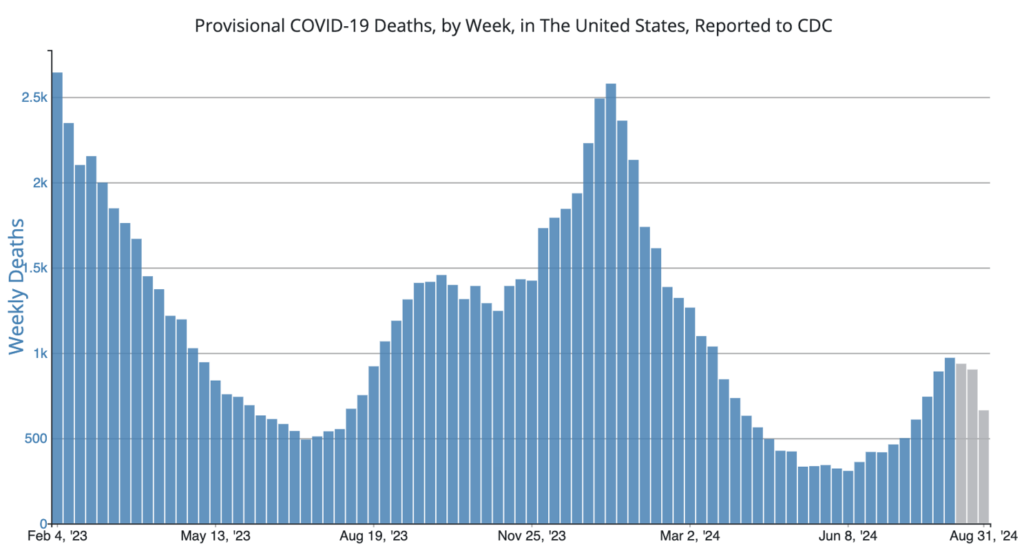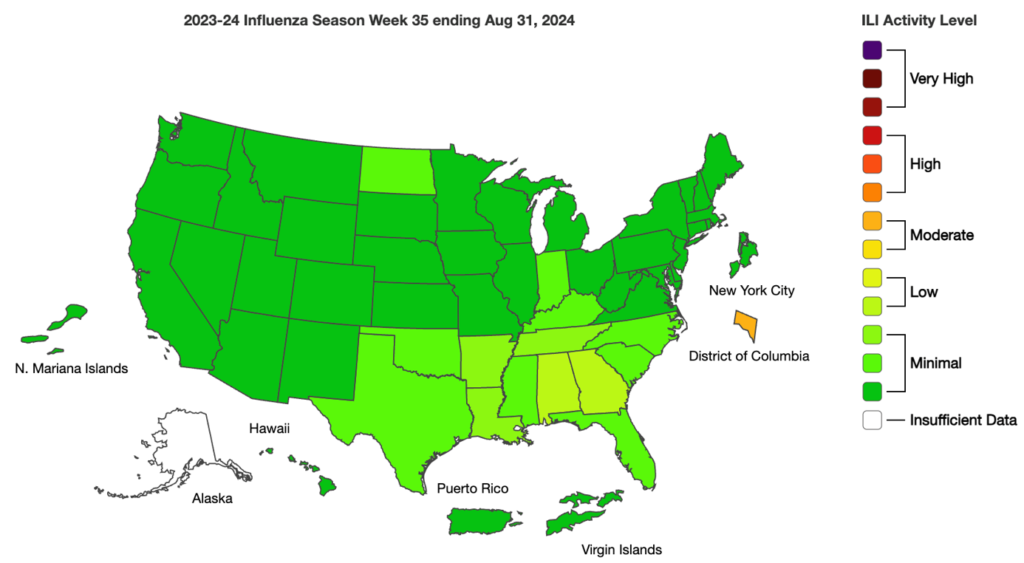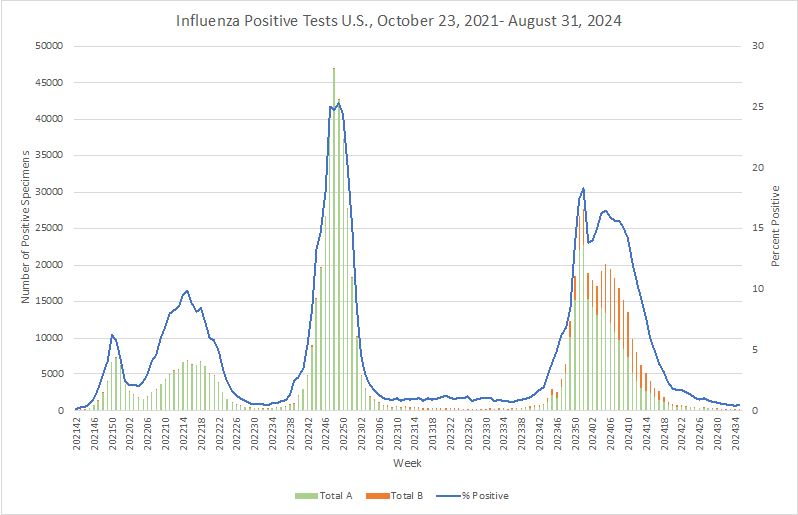Federal and state health departments are issuing alerts about increased virus activity caused by biting insects including Oropouche and Eastern equine encephalitis.
In mid-August, the CDC issued a Health Alert Network (HAN) advisory on an increase in Oropouche virus disease in the Americas region, originating from endemic areas in the Amazon basin and new areas in South America and the Caribbean. With nearly 10,000 cases reported in Brazil, Bolivia, Peru, Colombia, and Cuba this year, Oropouche is of increased concern because outbreaks are occurring outside the normally affected areas, including reports of severe fetal outcomes, including deaths and congenital malformations.
The CDC advisory recommends that travelers who have been in impacted areas and have signs or symptoms of Oropouche be tested. Symptoms can include abrupt onset of reported fever, headache, myalgia, arthralgia, photophobia, retroorbital/eye pain, stiff neck, altered mental status, seizures, limb weakness, or cerebrospinal fluid pleocytosis. Those at higher risk for complications or severe disease include pregnant people, adults 65 years or older, and people with underlying medical conditions (e.g., immune suppression, hypertension, diabetes, or cardiovascular disease). Although most cases aren’t severe, there are no vaccines to prevent or medicines to treat the virus, and up to 60% of those who contract the virus will later relapse.
Subsequently, warnings have been issued in 10 of Massachusetts’ 14 counties for elevated presence of Eastern equine encephalitis (EEE), with four Massachusetts towns considered to be at critical risk. To help prevent infection, officials are recommending that evening outdoor events be rescheduled to before dusk to reduce the risk of mosquito bites, and the town of Oxford has implemented a curfew banning outdoor activities on town property after 6 p.m. through September, and after 5 p.m. in October.
EEE is spread to humans through the bite of an infected mosquito. It is rare, but very serious as there also are no vaccines to prevent or medicines to treat this virus. Symptoms can include fever, headache, vomiting, diarrhea, seizures, behavioral changes, and drowsiness, with about 30% of those who develop severe conditions dying, and others having ongoing neurologic problems.
The best protection against Oropouche and EEE is prevention. Recommendations include avoiding areas where mosquitoes or other disease-transmitting insects are found, such as near standing water; using EPA-registered insect repellants; ensuring that window and door screens are intact; and avoiding or taking precautions when and where biting insects are active.
For more information on these and other biting insect diseases, see TAG’s Mosquito-borne Disease Fact Sheet.
COVID Risk Matrix:

Influenza:


- Ontario, Canada has recorded its first domestically acquired case of human rabies since 1967. The suspected exposure is from a bat in an area just north of Sudbury, Ontario. There have only been 26 cases of human rabies in Canada since 1924.
- An HPAI case was identified in Missouri last week, in a person who had no known occupational exposure to sick or infected animals. This is the 14th human case in the US in 2024 and the first without animal contact. The patient was treated in the hospital due to underlying medical conditions and has recovered. Investigation into the source of this outbreak continues.
- Three people are dead after a Legionnaire’s disease outbreak at a New York assisted living facility, officials announced on Sept 5. Water samples at the facility have tested positive and filters have been installed.
- The number of reported cholera cases increased by 13% and deaths by 71% in 2023 compared to 2022. Over 4,000 people died last year. Conflict, climate change, inadequate safe water and sanitation, poverty, underdevelopment, and population displacement due to emerging and re-emerging conflicts and disasters from natural hazards all contributed to the rise in cholera outbreaks last year. Cases have risen in Africa while decreasing in the Middle East and Asia.
- Efforts to vaccinate children in Gaza for polio are continuing with 187,000 children vaccinated in the first phase. There are plans to continue vaccinating more than 500,000 children over the next week in other parts of the region. At least 90% vaccination coverage during each round of the campaign is needed to stop the outbreak, prevent the international spread of polio and reduce the risk of its re-emergence, given the severely disrupted health, water, and sanitation systems in the Gaza Strip. There have been 4 suspect cases of polio in the region, one of which has been confirmed.




